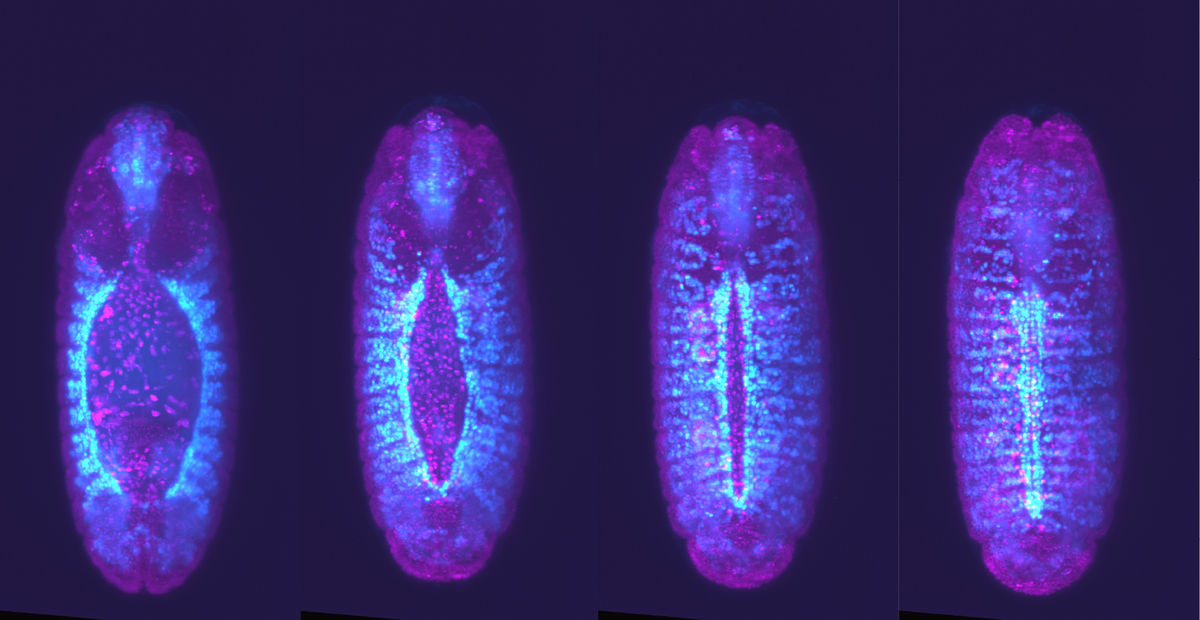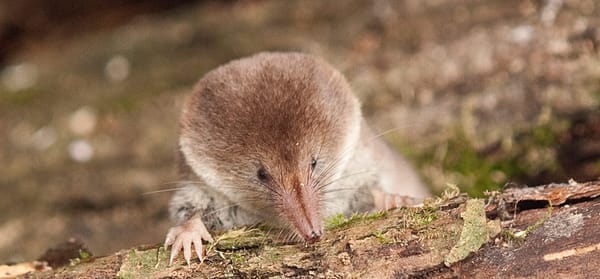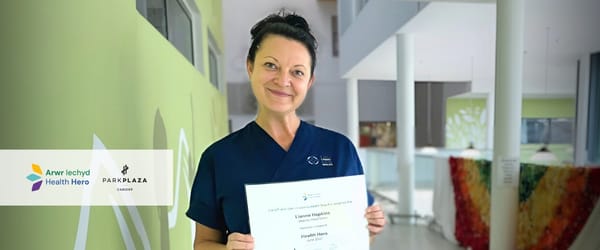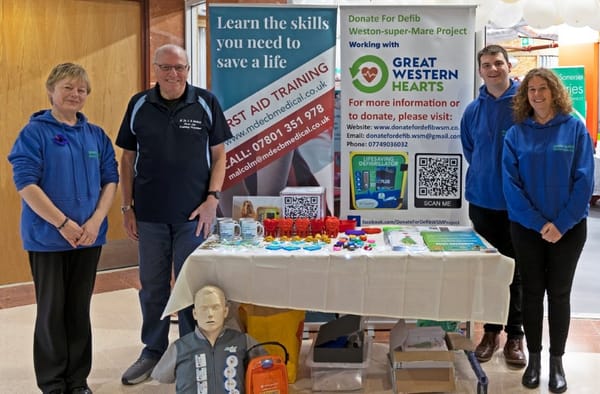Heart Cells "Speed Date" to Find the Right Match During Development

By Science Editor
In the developing heart, cells must move and interact carefully to find their correct place, and the stakes are high: mismatched cells could cause the heart to malfunction.
A new study, published on March 12 in the Biophysical Journal, reveals how heart cells "speed date" to find their perfect match.
Researchers created a model to track how these cells move and predict how genetic changes could disrupt heart development in fruit flies.
In both humans and fruit flies, heart tissues form from two groups of cells located far apart at first. As development progresses, the cells move toward each other, eventually joining to create a tube-like structure that will become the heart.
For the heart to develop correctly, these cells must align and pair up in the right way.
“As the cells come together, they jiggle and adjust, and somehow always end up pairing with a heart cell of the same type,” says Timothy Saunders, a researcher at the University of Warwick and lead author of the study.
This led the team to investigate how cells know when they've found the right match.
The heart cells have tentacle-like extensions called filopodia that reach out and grab onto nearby cells.
Saunders' earlier research showed that proteins can create waves that push mismatched cells apart, giving them another chance to find the right partner.
“It’s basically like cells are speed dating,” Saunders explains. “They have a limited amount of time to figure out if they’re compatible, with molecular ‘friends’ ready to separate them if they’re not a good match.”
The researchers found that heart cells aim to reach a state of balance, like a rolling ball coming to rest. This balance happens when the cells find the right mix of connection strength and flexibility. Based on this, the team created a model to show how cells can organize themselves.
They tested the model on fruit fly hearts with mutations or misaligned cells. By calculating the forces between different cell types, the model predicted how the cells would match up and rearrange themselves.
“Sometimes, the heart tube ends up with the wrong number of cells, like one cell when there should be two, or two when there should be four,” Saunders explains. “We were able to input these imperfections into our model, and it closely matched what we saw in real embryos.”
This new model not only helps explain how cells pair up during heart development, but it also has broader implications for other processes like nerve connections, wound healing, and facial development, where errors can lead to conditions such as cleft lip.
“By putting numbers to biological processes, we can better understand what’s happening inside the body,” Saunders adds.
For more stories by Jill Dando News click here





